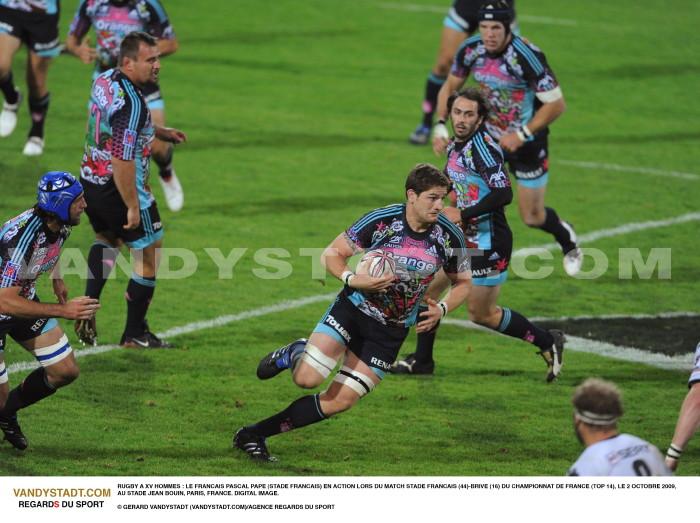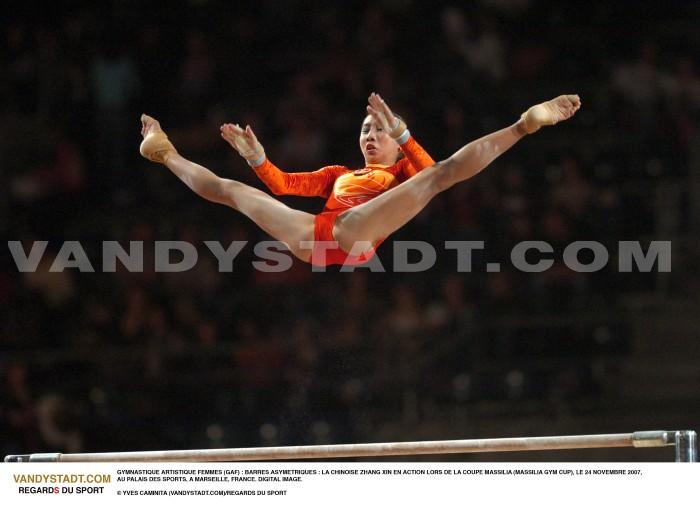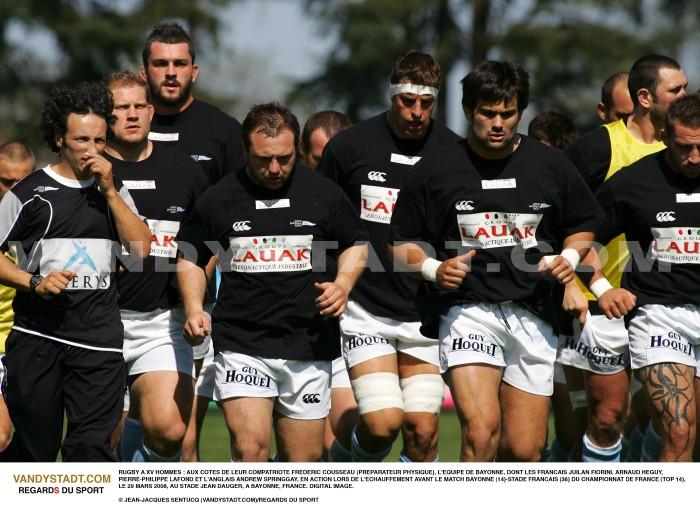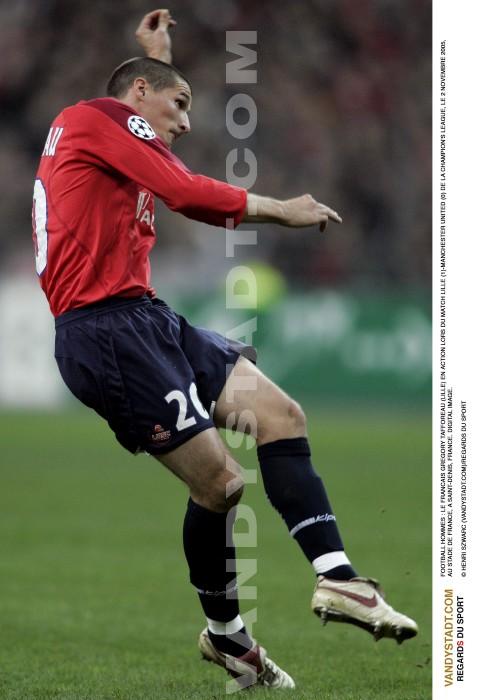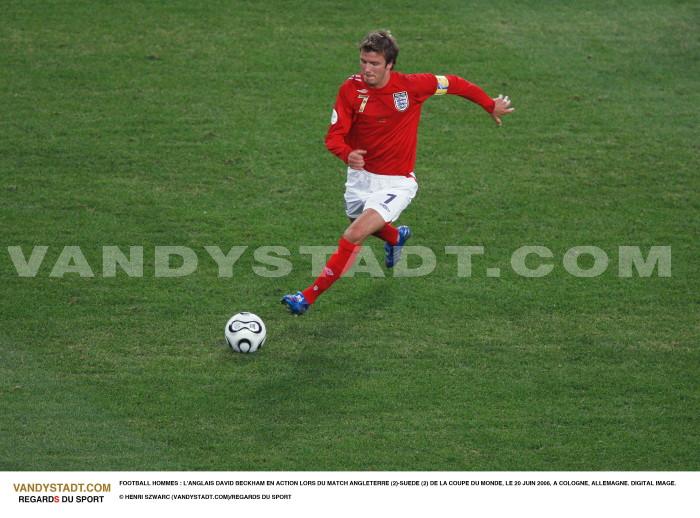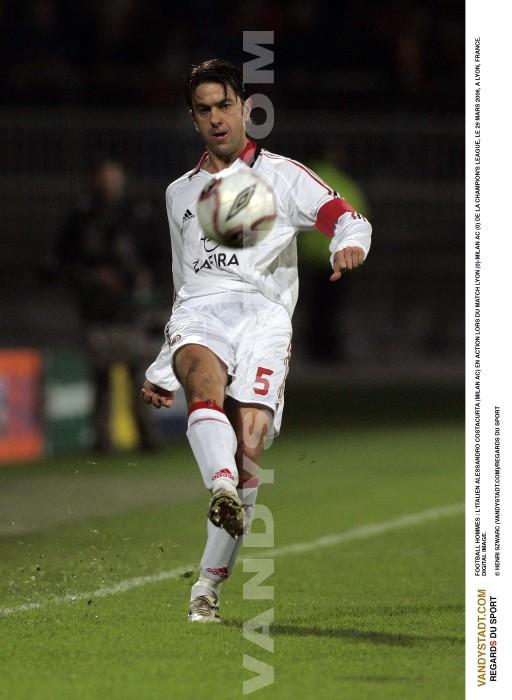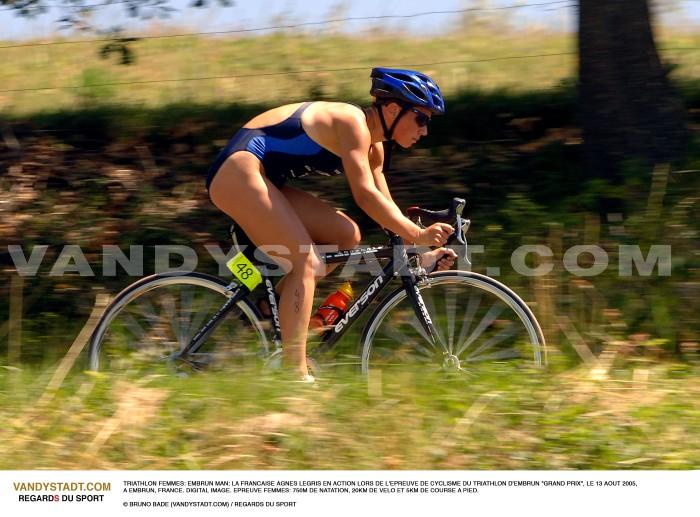Escalade - Climbing history
Climbing
This sport is very popular over the last twenty years (40 000 licensed French), is climbing bare hands cliffs, rocks or other vertical walls.
There are two forms:
- Escalation in nature: cliffs, rocks, creeks, cascades of ice (dry tooling), etc.. Examples: cliffs of Yosemite Park in California, the Gorges du Verdon in France.
- The indoor climbing on artificial walls (slabs, tilt, roof or sides) up to between 20 and 40 meters high (the French record is 46 meters in front of building in Vaulx-en-Velin, near Lyon ), 16 meters wide and over 10 meters of overhanging advanced.
This discipline has developed in the early 90s. There are world championships held every 2 years European Championships (last winner: the French Alexandre Chabot) and a tour of the World Cup.
There are three types of competition :
- The speed events performed in parallel. Climbers swallow as quickly as possible route of medium difficulty.
- Tests of blocks (or bouldering). The climbers are climbing without ropes six blocks to a height of 5 meters (six minutes to go up a block with six minutes of rest between each block). The winner of such a test is the one who climbs the most.
- Tests of difficulty on the walls about 25 meters with a rope. Only the height reached is taken into account.
To measure the difficulties, there is a wide range of 3 degrees (simple) to 9 (extreme) with sub-markings (a, b and c). This scale is determined by the person who achieved the first track. It depends on the structure of the wall, danger, difficulty, etc..
Did you know:
The first championship of France climbing was organized in 1988.
France has some 1 100 clubs to accommodate 5 000 competitors climbing.
The France saw the coronation of six world champions (men or women) since 1990.
For more information, contact the French Federation of mountain climbing.
The"Via Ferrata" (in Italian "track") was born in the Italian mountains, the Dolomites along the Austrian border. There is an impressive number of horizontal terraces which are separated by walls or vertical walls. Equipped with rungs and cables during the First World War, and could connect
straps terraces and easily reach the summits. Suitable for amateur climbers (the walls are equipped with fixed protection), there is now a growing number (about 70) of networks "Railways" in the massive French sides of F (easy), PD (somewhat difficult), D (difficult), TD (very difficult) or ED (extremely difficult).
Copyright Sportquick/Promedi








